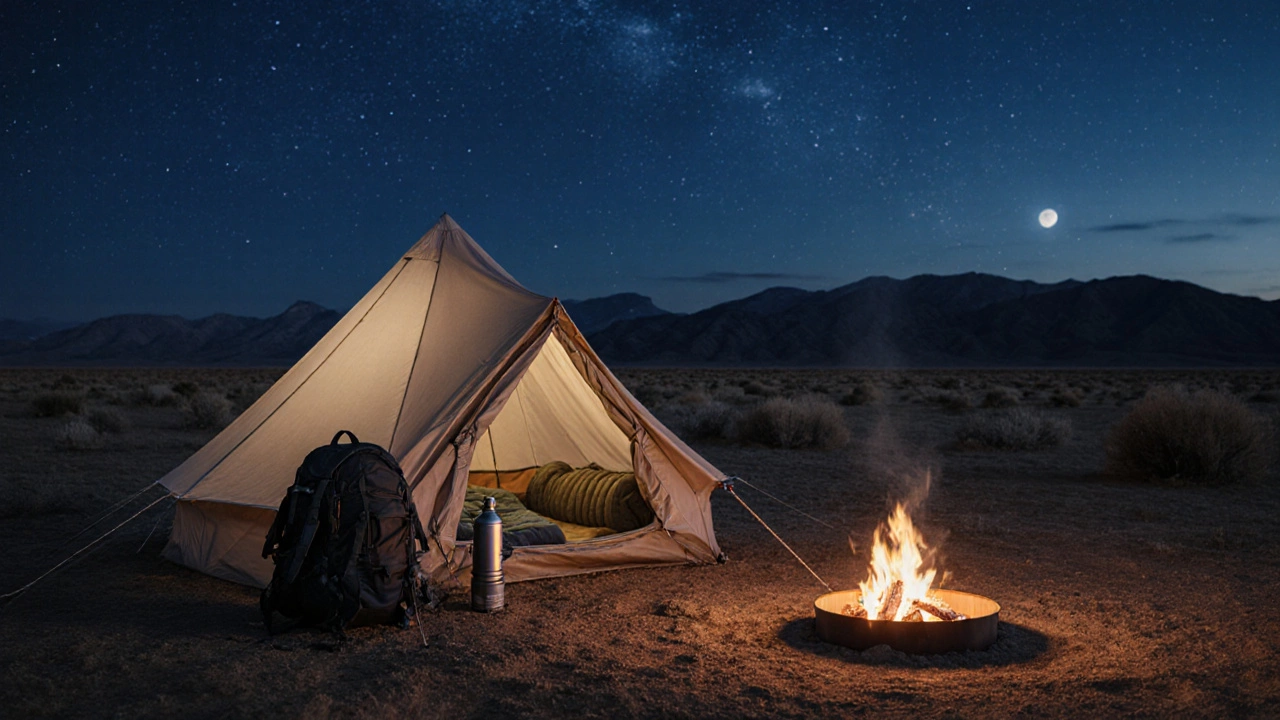Discover cowboy camping: a low‑tech, eco‑friendly way to experience the outdoors with minimal gear, simple fire, and Leave No Trace practices.
Low-Impact Camping: How to Enjoy the Outdoors Lightly
When planning low-impact camping, a style of outdoor stay that minimizes environmental footprint while still offering comfort. Also known as green camping, it blends nature immersion with responsible practices. glamping, luxury camping that uses sustainable structures like yurts, pods, or tiny cabins is a popular sub‑type that lets you sleep under the stars without sacrificing a shower. eco-friendly travel, the broader mindset of reducing waste, energy use, and carbon emissions while moving from place to place influences every choice you make, from the fuel you use to the food you pack. Low‑impact camping includes glamping as a convenient entry point, requires sustainable practices like pack‑in‑pack‑out waste, and benefits from eco‑friendly travel trends that push providers toward solar power and composting toilets. If you’re after a truly low-impact camping adventure, start by asking how each gear piece, campsite rule, or travel habit reduces your footprint.
Why Low‑Impact Camping Matters Today
Modern travelers care about the planet, and the outdoor industry has responded with greener options. For example, glamping pods now often feature composting toilets—something you’ll read about in our “Do Glamping Pods Have Toilets?” guide—so you can stay comfortable without polluting a meadow. Sustainable sleeping setups, whether it’s a breathable canvas tent or a solar‑powered Airstream, let you rest peacefully while the campsite stays pristine. Eco‑friendly homes inspire similar principles: insulated walls, renewable energy, and water‑saving fixtures are now common in remote cabins, turning them into low‑impact bases for exploration. When you choose a campsite that provides solar lighting, recycling stations, or locally sourced food, you’re putting the same logic used in “What Makes a Home Truly Eco‑Friendly?” into action outdoors. Moreover, green tourism policies—like limiting fire pits, protecting wildlife corridors, and encouraging low‑impact trail use—help preserve the landscapes that draw us in the first place.
Our collection below pulls together practical advice, real‑world examples, and quick‑checklists that let you apply these ideas on your next trip. Whether you’re curious about glamping sleep gear, want to know how to manage waste responsibly, or need tips on choosing a campsite that runs on renewable energy, the articles here cover the full spectrum. Dive in to see how low‑impact camping can be both simple and rewarding, and get ready to enjoy nature without leaving a trace.
